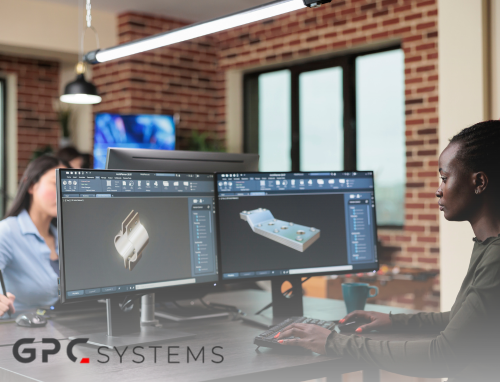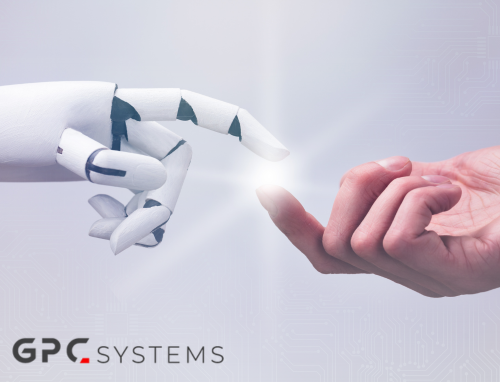
AI 3D Modelling Market Set to Explode: Experts Predict 300% Growth by 2026
The world of 3D modelling is on the cusp of a dramatic transformation, driven by rapid advancements in artificial intelligence. Industry experts are forecasting an unprecedented boom in the AI-powered 3D modelling market, with projections indicating a staggering 300% growth by 2026. Let’s explore the exciting developments shaping this remarkable trend and what it means for various industries.
The Numbers Don’t Lie
Recent market analyses reveal a compelling narrative of exponential growth:
- The global 3D mapping and modelling market is expected to surge from £6.77 billion in 2024 to a staggering £22.19 billion by 2032, exhibiting a compound annual growth rate (CAGR) of 16%.
- The closely related 3D rendering market is anticipated to skyrocket from £3.72 billion in 2023 to £23.20 billion by 2033.
These figures underscore the massive potential and increasing demand for AI-enhanced 3D modelling solutions across various sectors.
Driving Forces Behind the Boom
So, what’s driving this remarkable growth? Several key factors are at play:
- Demand for Immersive Content: As consumers increasingly seek engaging experiences, industries ranging from gaming to architecture are clamouring for more realistic and captivating 3D content.
- Technological Advancements: Innovations in 3D scanners, sensors, and AI algorithms are making the modelling process faster, more accurate, and more accessible than ever before.
- Rise of AR and VR: The growing popularity of augmented and virtual reality applications is creating an urgent need for high-quality 3D models that can enhance these immersive experiences.
- Industry-Specific Applications: Sectors like healthcare, manufacturing, and urban planning are discovering novel uses for AI-powered 3D modelling, further driving demand.
AI’s Transformative Impact on 3D Modelling
Artificial intelligence is not just an accessory; it’s fundamentally changing how we approach the 3D modelling process:
- Automated Generation: Imagine being able to create complex 3D models from simple text descriptions or 2D images. AI makes this possible, dramatically speeding up the design process and allowing creators to focus on innovation rather than tedious tasks.
- Enhanced Realism: With machine learning algorithms adding intricate details and textures, the result is hyper-realistic 3D renders that can captivate audiences across various media platforms.
- Optimisation: AI helps optimise models for different platforms and applications, ensuring smooth performance across devices—from smartphones to high-end VR systems.
Industries at the Forefront
While the impact of AI-powered 3D modelling is far-reaching, certain sectors are leading the charge:
- Architecture, Engineering, and Construction (AEC): This industry holds the largest market share, leveraging 3D modelling for project visualisation, collaboration, and cost-efficiency. Imagine architects being able to walk clients through virtual buildings long before construction begins.
- Media and Entertainment: From blockbuster films to indie games, AI is transforming how visual content is created. Filmmakers can now craft stunning visuals with unprecedented speed and accuracy.
- Healthcare: In this sector, 3D modelling is revolutionising medical training, surgical planning, and prosthetics design. Surgeons can practice complex procedures on realistic models before even entering the operating room. Check out here how we are enhancing the healthcare industry with our 3D measuring solution.
- Automotive: Car manufacturers are harnessing AI-enhanced 3D modelling for design, testing, and marketing. This allows for rapid prototyping and innovative designs that push the boundaries of engineering.
The Future is 3D
As we look ahead, the potential applications of AI in 3D modelling seem limitless. Picture entire cities being digitally replicated or personalised product customisation becoming a standard offering—these scenarios are not far off.The predicted 300% growth by 2026 is just the beginning. As AI continues to evolve and integrate more deeply with 3D modelling tools, we can expect to see even more groundbreaking innovations emerge.Are you ready to embrace the 3D revolution? The future isn’t just about creating in three dimensions; it’s about harnessing AI to unlock new levels of creativity and efficiency. This exciting journey into AI-powered 3D modelling is arriving faster than we ever imagined—don’t miss out!
See how we use 3D modelling with our 4D portal.




